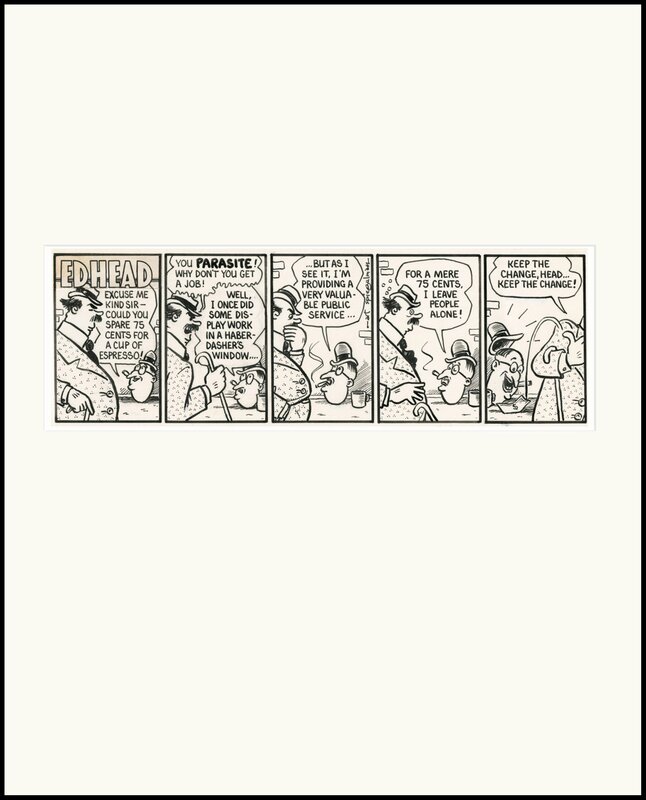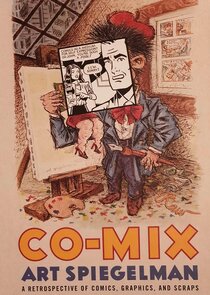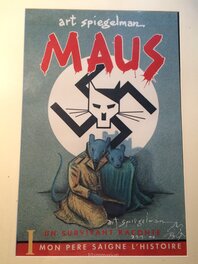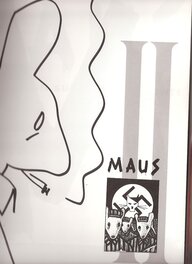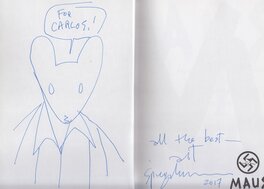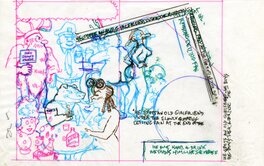In comicCAR 's collection
EDHEAD “PARASITE“ for PLAYBOY
Ink
30.2 x 9.6 cm (11.89 x 3.78 in.)
Added on 3/8/23
Link copied to clipboard!
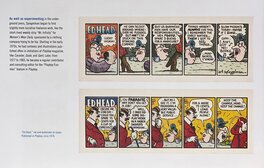
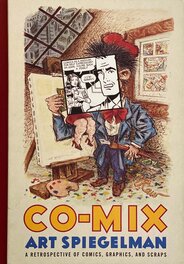

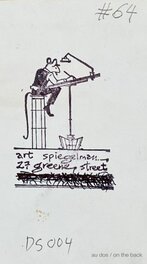
Description
ART SPIEGELMAN: THE PLAYBOY YEARS
Most of Spiegelman’s cartoons for Playboy came in the form of a running series called “Edhead,” which depicted the adventures of a poor fellow who consists of a head but no body—that ran through most of 1979, then stopped until two further strips in 1981. ©dangerousminds -
https://dangerousminds.net/comments/art_spiegelman_the_playboy_years
Art Spiegelman: …I did an ongoing series called Ed Head. I was amused at doing a strip about a character with no body for a magazine that celebrated them • the paris review september 28 , 2018
https://www.theparisreview.org/blog/2017/09/28/i-read-playboy-for-the-comix/
EDHEAD "PARASITE" • published: PLAYBOY vol.26 no.2 february, 1979
EDHEAD "PARASITE" • published: CO-MIX art spiegelman 2013
• In 1992 Art Spiegelman received the Pulitzer Prize for Maus, the first ever for a comic book author.
Most of Spiegelman’s cartoons for Playboy came in the form of a running series called “Edhead,” which depicted the adventures of a poor fellow who consists of a head but no body—that ran through most of 1979, then stopped until two further strips in 1981. ©dangerousminds -
https://dangerousminds.net/comments/art_spiegelman_the_playboy_years
Art Spiegelman: …I did an ongoing series called Ed Head. I was amused at doing a strip about a character with no body for a magazine that celebrated them • the paris review september 28 , 2018
https://www.theparisreview.org/blog/2017/09/28/i-read-playboy-for-the-comix/
EDHEAD "PARASITE" • published: PLAYBOY vol.26 no.2 february, 1979
EDHEAD "PARASITE" • published: CO-MIX art spiegelman 2013
• In 1992 Art Spiegelman received the Pulitzer Prize for Maus, the first ever for a comic book author.
Inscriptions
Signed on the edge of the third panel
1 comment
To leave a comment on that piece, please log in
About Art Spiegelman
Art Spiegelman (first name Arthur, called Artie by his father) is an American comic book writer and illustrator, born in Stockholm, Sweden. A leading figure in the American underground comic strip scene of the 1970s and 1980s, he became best known in the mid-1980s for his comic strip Maus, which won him a special Pulitzer Prize in 1992. He is also a well-known illustrator. He was awarded the Grand Prix of the city of Angoulême in 2011.
With the publication of the first rendition of 'Maus' in Funny Animals in 1972, Spiegelman's career really took flight. 'Maus' was based on the experiences of his parents as concentration-camp survivors. He expanded this premise into a full-blown graphic novel, which he drew from 1980 to 1986, with the Jews presented as mice and the Germans as cats (the Katzies). The book 'Maus: A Survivor's Tale', earned Spiegelman fame. He completed the tale in 1991 with 'Maus II: From Mauschwitz to the Catskills'. Art Spiegelman received the Pullitzer Prize in 1992.
Text (c) Lambiek

